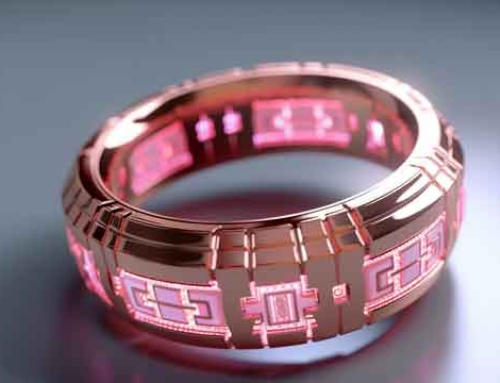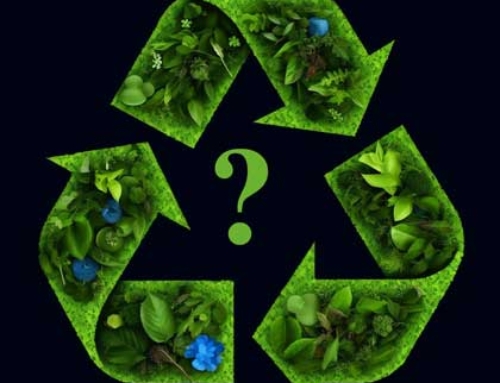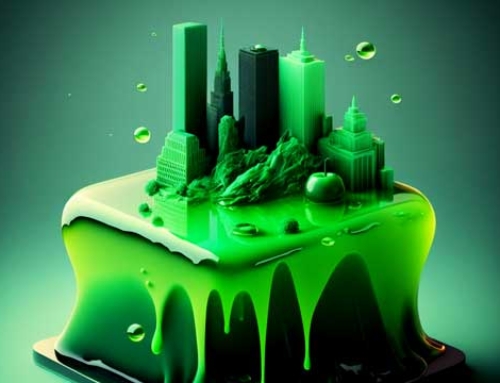Diamonds, this marvel of nature that makes us say that we should not give in to the lure of synthetic diamonds…In recent years, among newspaper headlines and radio broadcasts, everyone has heard about synthetic diamonds, also called “laboratory diamonds” or “lab grown” or “man made“, which are said to be “ecological” and less expensive than their natural twin…
Of course, the question that comes to mind is: should one buy synthetic diamonds?
I would say no (this is my personal opinion) and I will try to explain the reasons why.
A natural diamond comes from afar: the carbon that constitutes it must have crystallized for hundreds of millions of years at a depth of more than 200 kilometers, under enormous pressures. Volcanic eruptions are what push diamonds to the surface.
The first of them were discovered 2.000 years ago in India. They are the famous Golconde type IIA diamonds. In the 18th century, Brazil became the main supplier, before handing over to South Africa in 1870.
Today, it is Australia that holds the lead: one diamond out of 4 comes from there but they are practically all reserved for industry.
Diamond is a crystal made of a single element: pure carbon. It is the bonds between its atoms that make it a unique gemstone with many qualities.
It is known for its extreme hardness, obtaining the maximum score of 10 on the Mohs scale (measurement of the hardness of minerals). Diamond is therefore the hardest substance there is and nothing can scratch it except another diamond.
Thus, the authenticity of a diamond is established according to four major criteria, called the 4 Cs: Carat, Color, Clarity and Cut, without forgetting the fluorescence…
You will understand, buying a natural diamond is a thoughtful act because it remains a miracle of nature!
Natural diamonds are rare, and will become rarer and rarer, so they should not lose value over time unlike synthetic diamonds which, if the technique evolves, will be able to be mass produced, their prices being destined to decrease permanently.
Finally, for those who think buying a synthetic diamond is an ecological act, you should also know that their production is extremely bad for the environment and very energy consuming. It is estimated that carbon emissions are three times higher than for the extraction of natural diamonds!
To summarize, we can quote Stephen Lussier, CEO at Forevermark at De Beers: “A natural diamond is precious, rare, and appreciated for its true value, which translates into something beautiful. A synthetic diamond can be very pretty, can have a lovely sparkle, but it shares absolutely nothing else with a natural stone. This does not make it a bad product, as long as the consumer is aware of what it really is.“






